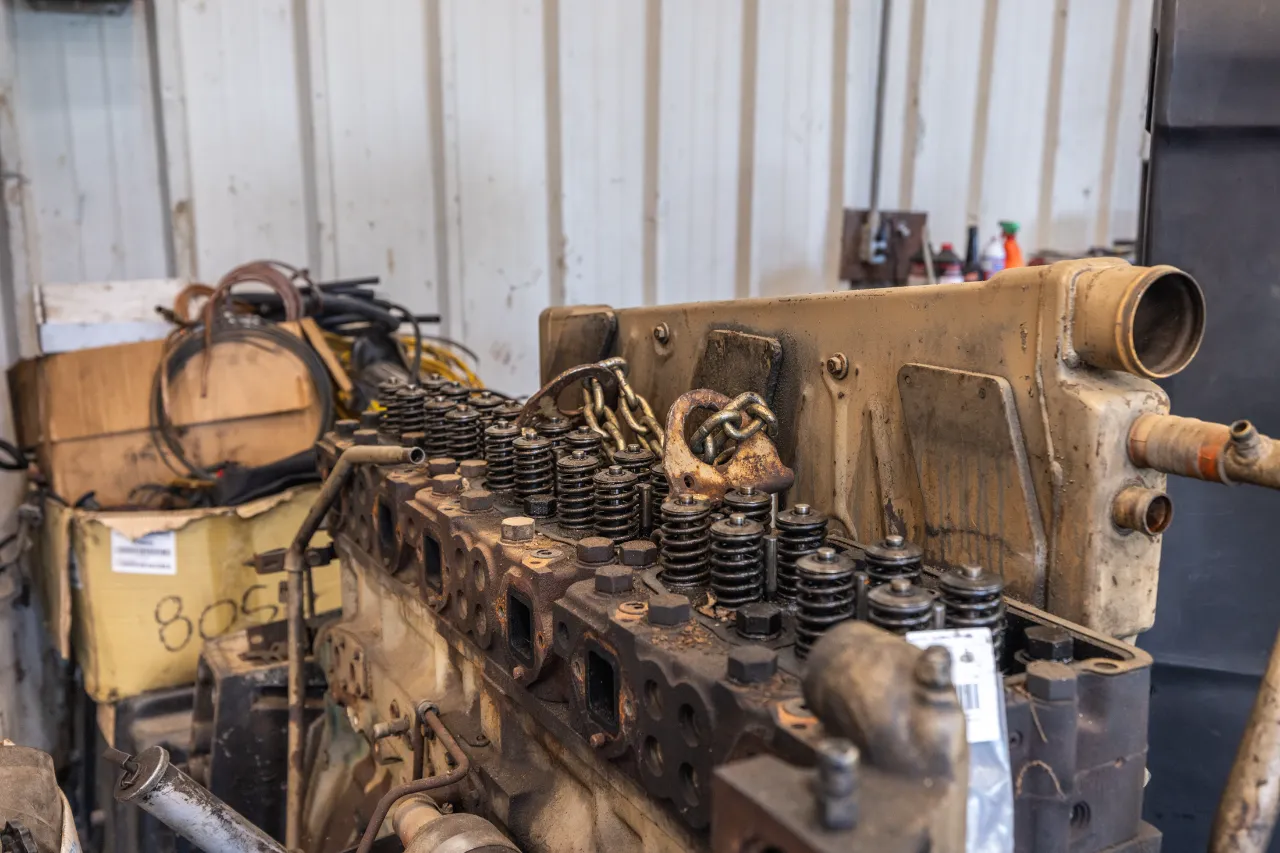MaxxForce diesel engines rely heavily on the fuel system, which is crucial for optimal performance. Whether you’re traveling along Alabama’s I-65 or making local deliveries in Childersburg, knowing how your fuel system functions can prevent costly breakdowns and ensure smooth operation. Let’s explore the fuel flow from tank to combustion and review each key component involved.
From Tank to Low-Pressure Supply – The Starting Point
Every fuel system begins with storage. Diesel stays in the tank until the low-pressure supply pump—often called the lift pump—draws it in. At this point, the emphasis is on volume rather than pressure. The pump ensures a consistent flow toward the high-pressure part of the system. On MaxxForce engines, issues such as clogged primary or secondary fuel filters, air leaks in the lines, or weak pump performance can cause problems like slow cranking, difficult starting, and reduced power under load. Regular preventive maintenance is an economical way to prevent more significant problems later.
The High-Pressure Pump – Muscle for the System
Once diesel reaches the high-pressure pump, the situation becomes critical. This pump elevates the fuel to very high pressures, often exceeding 20,000 psi. In a MaxxForce engine, its purpose is to maintain steady fuel rail pressure regardless of conditions—whether idling in a yard or ascending Sand Mountain with a full load.
Any wear, internal scoring, or contamination in this area can cause unstable rail pressure, misfires, or a no-start condition. Because the pump’s tolerances are very tight, even minor dirt or water in the fuel can lead to damage.
The Common Rail – Pressurized Fuel on Standby
Imagine the common rail as a pressurized tank that stores fuel at high pressure until the injectors activate. It features a pressure sensor and a relief valve, both crucial for safety and engine control.
On a MaxxForce, the rail pressure sensor continuously supplies data to the ECM. If the readings fall outside a specific acceptable range, the ECM can shut off fuel delivery to safeguard the engine, making accurate diagnostics crucial.
Fuel Injectors – The Precision Players
Fuel injectors serve as the point where hydraulic power combines with precise timing. In many MaxxForce models, these injectors are components of a Hydraulic Electronic Unit Injector (HEUI) system. This setup uses both high-pressure oil and fuel to spray into the combustion chamber. The injectors atomize diesel into a fine mist, which mixes with the superheated air inside the cylinder to ensure efficient combustion.
Since they rely on engine oil for actuation, the quality and pressure of the oil are as crucial as fuel quality. Neglecting proper maintenance can cause injector “stiction,” misfires, increased smoke, or power loss.
The ECM – Orchestrating the Operation
The Engine Control Module (ECM) serves as the central unit for the fuel system. It constantly determines injection timing, duration, and pressure by analyzing throttle input, load, temperature, and emissions data. For MaxxForce engines, the ECM is especially sensitive to changes in pressure or timing, so electrical or sensor issues can mimic mechanical faults.
This is why professional diagnostic services, such as those at 4L Truck and Trailer, are crucial. Replacing parts without thorough testing can result in expensive mistakes.
Common MaxxForce Fuel System Issues
MaxxForce engines perform well, but their fuel systems require regular maintenance to avoid issues.
- Injector stiction resulting from degraded engine oil.
- Contamination leads to wear in high-pressure pumps.
- The fuel filter restriction is cutting off the supply side.
- Defective sensors are sending wrong data to the ECM.
- Air leaks through cracked lines or loose fittings.
Detecting these early is essential. For instance, a small air leak can lead to hard starts now and total pump failure later.
Maintenance Tips for Childersburg Drivers
- Change filters on schedule: Replace both primary and secondary filters at or before the intervals recommended by the manufacturer.
- Use quality fuel: Purchase fuel from reputable stations and avoid fuel that has been stored in tanks for extended periods.
- Keep oil fresh: Keep in mind that HEUI injectors depend on clean, high-quality oil for proper functioning.
- Drain water separators: Water in diesel rapidly damages pumps and injectors.
- Monitor live data: Rail pressure readings and injector balance rates help detect problems early, before they lead to breakdowns.
Why It Matters in Alabama Conditions
In Alabama’s humid climate, fuel tanks often experience condensation—particularly when trucks are stationary for long durations. This moisture can cause corrosion within lines and components or freeze during cold weather, completely obstructing flow. Combined with the dusty backroads near Talladega County, there's even more reason to ensure your filters and seals are well-maintained.
The Bottom Line
The MaxxForce fuel system is designed to be highly efficient and dependable. Every component, from the injectors to the high-pressure pumps, needs to work well together to ensure your truck runs smoothly. If you ignore things like a dirty filter, low-quality fuel, or missed oil changes, it can lead to serious and expensive problems down the line. By understanding how everything works together and keeping up with regular maintenance, you can keep your engine running strong for many miles.

